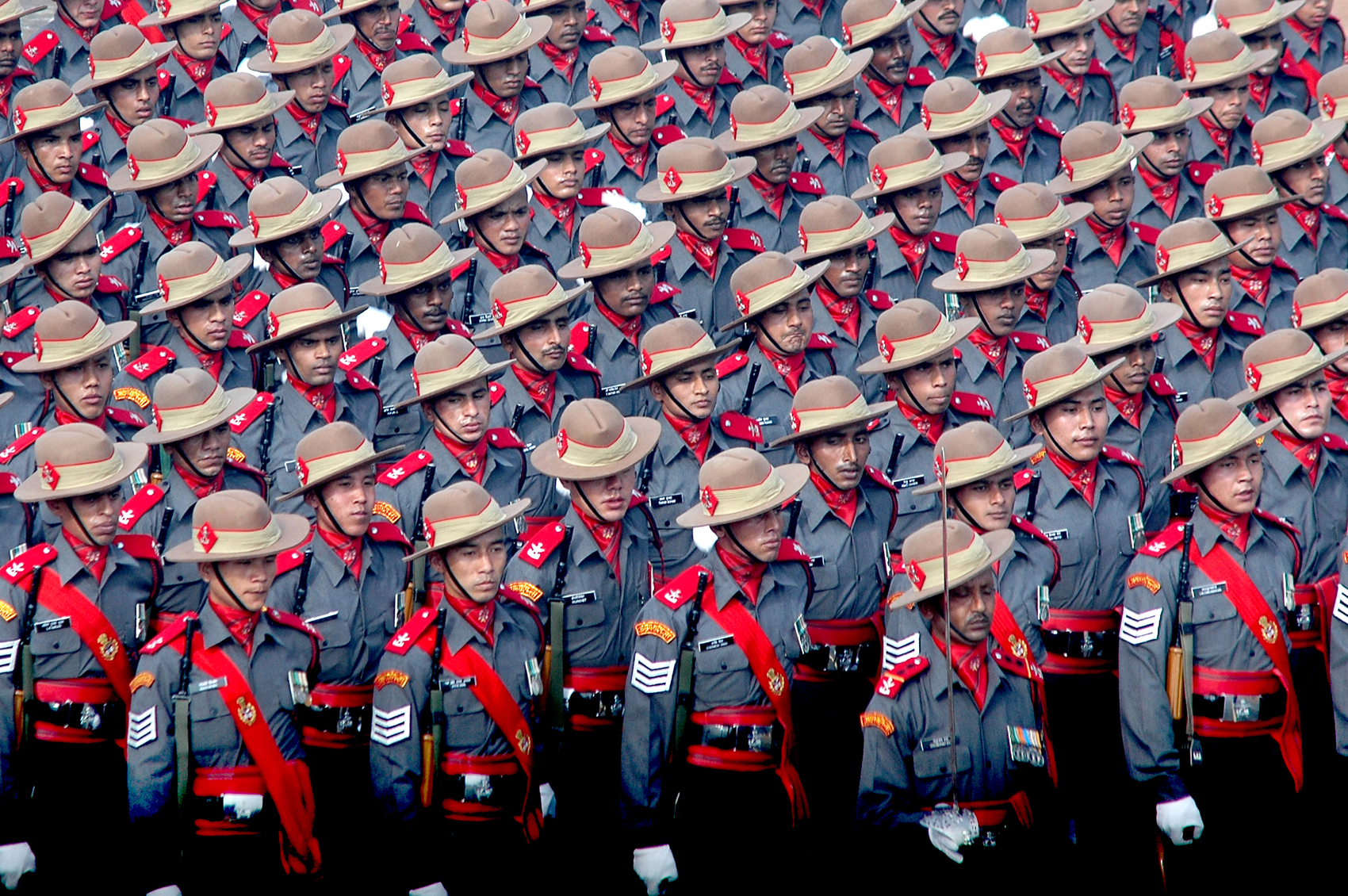A parliamentary committee has recommended exploring the possibility of setting up a separate Indo-Myanmar Border Force, under the ministry of home affairs, for guarding the international boundary.
In its report, Working Conditions in Border Guarding Forces, placed in Parliament on Thursday, the committee said the dual role of conducting counter-insurgency operations in the Northeast and guarding the Indo-Myanmar border, which is now done by Assam Rifles, must be performed by two separate forces.
“The Assam Rifles force has performed the two primary roles of conducting counter-insurgency operations in the Northeast and guarding the Indo-Myanmar border. The committee accepts the fact that the Assam Rifles is entirely different from other border guarding forces such as BSF, SSB, and ITBP in as much as that these forces are situated right on the border as per the border-outpost-based model, while Assam Rifles continues to follow the company-operating-base model, wherein the companies of the force are located near but not at the border,” it said.
It said Assam Rifles should have the single role of performing counter-insurgency operations in the Northeast. It is the oldest paramilitary force in India, which was raised as Cachar Levy in 1835 to guard the alluvial plains of Assam. It became Assam Rifles in 1917. The ministry told the committee a proposal for creation of an Indo-Myanmar Border Force is being considered.
At present, Assam Rifles is under the operational control of the defence ministry and under the administrative control of the home ministry. Almost 80 per cent of its officers are on deputation from the army. The home ministry pointed out that as the security situation in states along the Indo-Myanmar border is fragile, forces are deployed for counter-insurgency/counter-terrorism operations as and when the exigency arises. The modus operandi of insurgent groups is to infiltrate from camps across the border, strike against security forces along the border as well as in the hinterlands and thereafter ex-filtrate to safe havens across the border.
“Moreover, given that the option of fencing the Indo-Myanmar border being implausible, the deployment cannot be along similar lines as the one existing along the Gujarat/Rajasthan/Punjab border. The deployment has to be operational, seamless and grid-based, incorporating areas along the Indo-Myanmar border as well as in the hinterland,” the ministry said.
The committee in its report said owing to the mountainous, rugged and underdeveloped terrain, no border fence exists. As the population along the Indo-Myanmar border has similar ethnicity, there exists a free movement regime upto 16km on either side of the boundary. The population also has a soft corner for insurgent groups owing to their shared ethnicity, it said.
“Due to the threat of insurgent groups on the movement of troops, there is a requirement of deployment in a grid pattern to secure the lines of communication. The task of border guarding is further complicated due to the lack of special powers being given to AR,” the report said.










